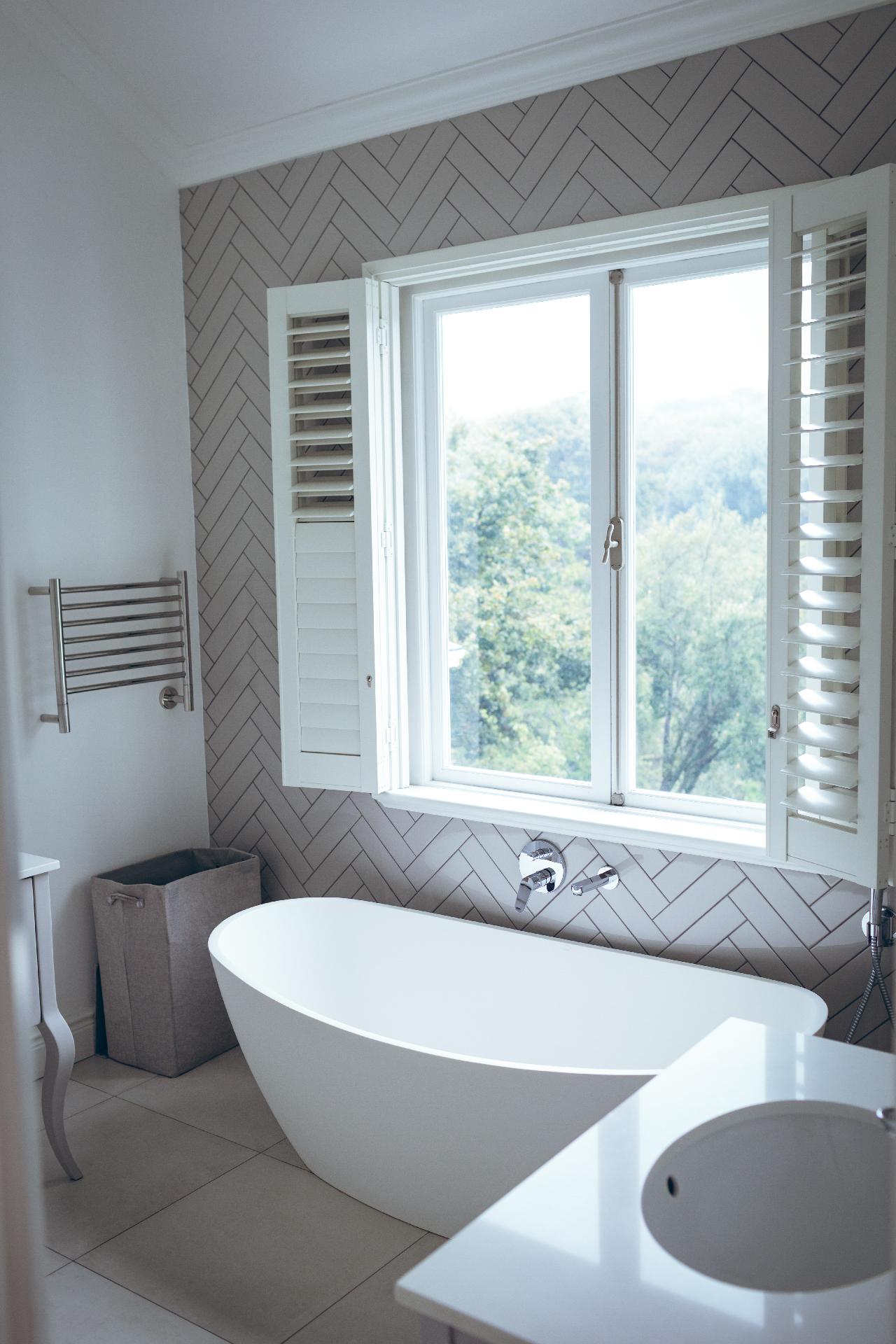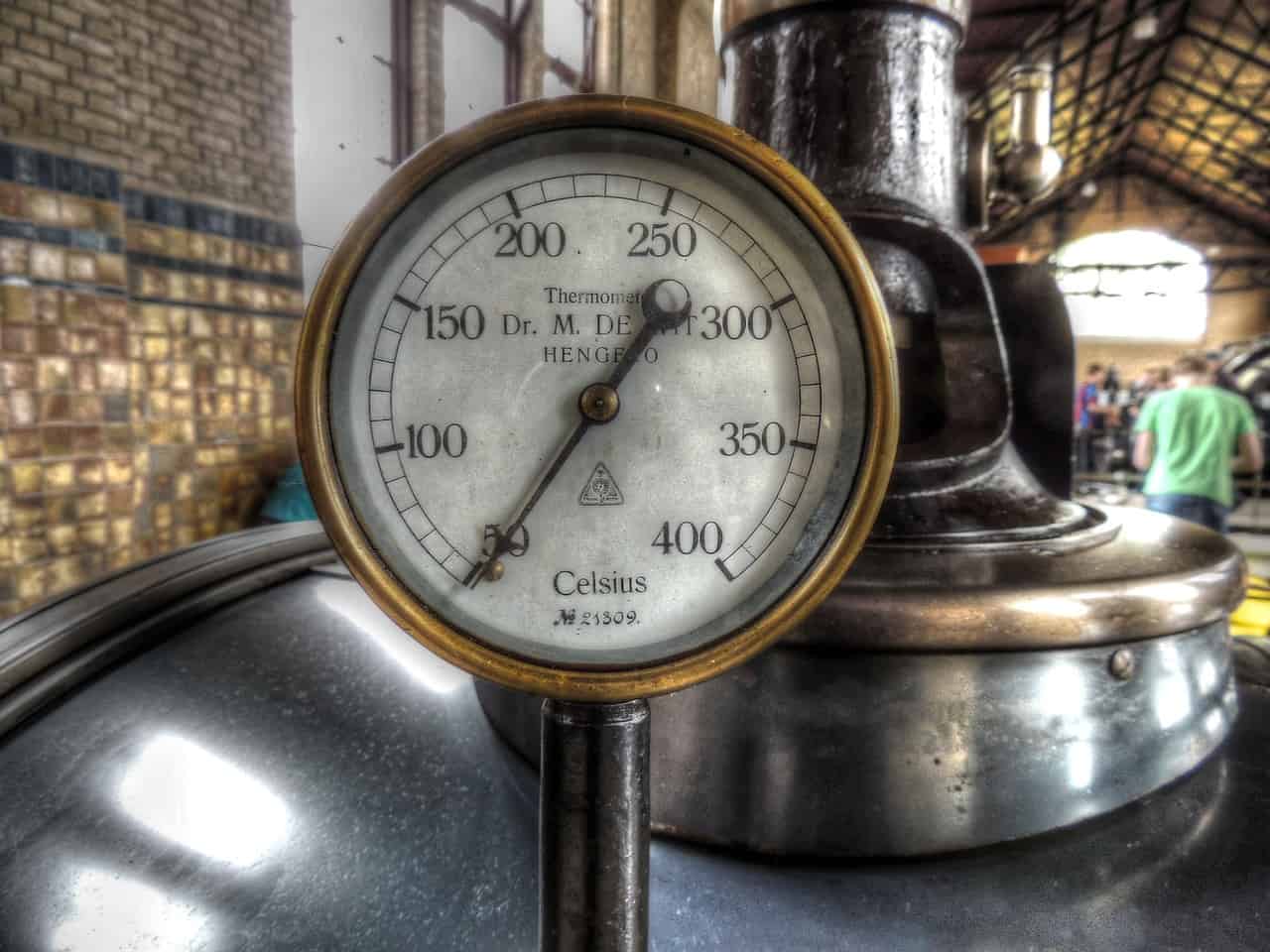Did you know that actuators aren’t just for use in industrial settings? In fact, with the electric actuator market touching $30 billion, it’s amazing to think how many places they’re used.
But where are they in your home? Chances are they’re hidden in all your favorite pieces of furniture and appliances. So let’s take a look at these electric actuators and see where they’re hiding!
What Are Electric Actuators?
Electromagnets move the armature, which then moves the load attached to it. The armature is also called the actuator.
An electric actuated ball valve usually has two ports and an internal chamber. This chamber also contains a magnet. An inner chamber and external port encase in a coil.
Electromagnetic fields occur when current flows through coils. For the core to rotate, the magnetic force must align its axis with its direction. After the magnetic attraction exceeds the frictional resistance, the armature will move fast toward the port.
The armature stops rotating at the bearing point. Thus, the flow from the port on the electric actuator valve continues into the chamber. The flow occurs until pressure balances on both sides.
This process allows greater efficiency than traditional DC or AC induction motors. They also do not need brushes, making maintenance much easier.
Different Types of Actuator
There are different types of actuators that might appear in your home. These are electric linear actuators or electric rotary actuators.
As the names suggest, linear actuators move objects in a straight line. Yet, rotary actuators adopt more complex paths.
There are also differences between electrical and mechanical, which you can learn more about here.
Use Cases for Electric Actuators in the Home
If you want to know what kind of applications these devices could be in your own home, let’s take a look at some examples:
Window Openers
Electric actuators allow users to push a button rather than having to open a window. They attach to the window frame to replicate the “push/pull” motion that your arm would otherwise do.
It makes opening windows faster and less tiring. They’re most popular on windows that are hard to reach or for those with mobility issues.
Garage Doors
A garage door opener uses an electric actuator motor to raise and lower a heavy garage door. An electric actuator can sit under each corner of the doorframe.
They work by attaching themselves to the bottom edge of the doorframe using magnets. In this way, they work based on the same principle as the window openers.
Then they lift the entire weight of the door off the ground when electricity runs through their coils. If there’s no power running through the coils, they return to their original position.
Reclining Sofas and Chairs
Electric recliners use actuators to make lifting back pain-free. The device attaches itself to the seat base, where it then raises and lowers the chair according to whether or not someone wants to sit down.
They come in many sizes and styles. Some models even fold flat if there’s limited space.
What Other Electric Actuators Live in Your Home?
Electric actuators are very useful devices that help us perform certain tasks without putting too much strain on our bodies. For example, we can now open our doors and windows with minimal effort, thanks to actuators.
And, it’s safe to say that no matter what use cases you can think of around the home, there’s always a surprise use case around the corner!
Keep reading for more top facts and tips that’ll keep your brain moving!
Discover more from Futurist Architecture
Subscribe to get the latest posts sent to your email.



![modern apartment [article_title]](https://www.futuristarchitecture.com/wp-content/uploads/2025/03/8-Spellbinding-Tips-to-Enchant-Homes-With-Smart-Lighting-900x600.jpg)